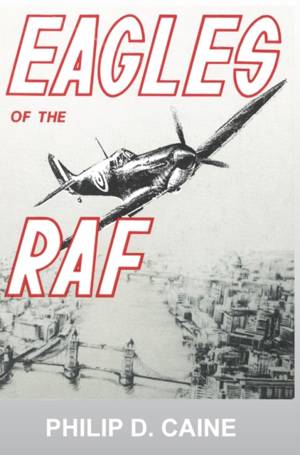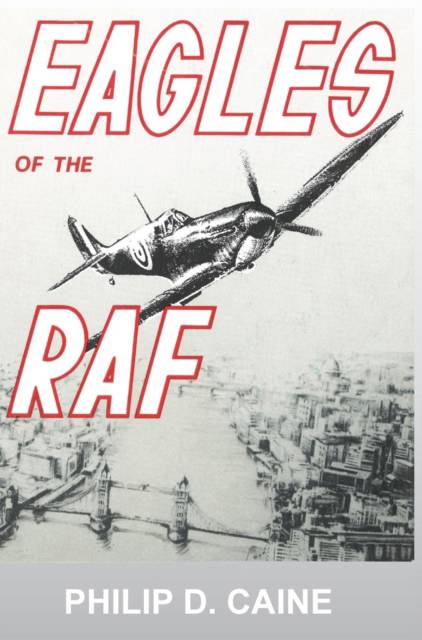
- Afhalen na 1 uur in een winkel met voorraad
- Gratis thuislevering in België vanaf € 30
- Ruim aanbod met 7 miljoen producten
- Afhalen na 1 uur in een winkel met voorraad
- Gratis thuislevering in België vanaf € 30
- Ruim aanbod met 7 miljoen producten
Zoeken
Eagles of the RAF
The World War II Eagle Squadrons
Caine D Philip, National Defense University Press
Hardcover | Engels
€ 96,95
+ 193 punten
Omschrijving
Orginally published in 1991. From the foreword: "Although the United States did not enter World War II until the end of 1941, US citizens fought and died in the war long before the Japanese attacked Pearl Harbor. Among them were the pilots of the Eagle Squadrons, three fighter squadrons of Britain's Royal Air Force manned by young US flyers risking their lives in another nation's war. In this book, Colonel Philip D. Caine, US Air Force, tells how the Eagle Squadrons were formed, describes their RAF experiences, and evaluates their contribution to Britain's defense. Unlike other accounts, Eagles of the RAF is not simply a paean to the pilots as special heroes and "aces," though many performed heroically and some sacrificed their lives. Drawing almost exclusively on interviews with more than thirty-five surviving Eagles, on their letters and memoirs, and on official records of the squadrons, Caine shows who these men were and what drove them to endure the burdens of joining a foreign air force. We see them adjusting to life in a new country as they train, fly patrol and escort missions, and sit on alert in dispersal huts or in airplane cockpits. We see their routine suddenly shattered by the momentary chaos and exhilaration of aerial combat. The Eagles' story is a unique chapter in American military history; it deserves to be told as it really happened-not as romanticized by Hollywood or nostalgic recollection. Beyond reliably telling the story, Colonel Caine reveals much about why people enter the military, how military life satisfies or disappoints their preconceptions, and how at least some of them reacted to the realities of combat."
Specificaties
Betrokkenen
- Auteur(s):
- Uitgeverij:
Inhoud
- Aantal bladzijden:
- 428
- Taal:
- Engels
Eigenschappen
- Productcode (EAN):
- 9781782663874
- Verschijningsdatum:
- 23/05/2012
- Uitvoering:
- Hardcover
- Formaat:
- Genaaid
- Afmetingen:
- 170 mm x 244 mm
- Gewicht:
- 875 g

Alleen bij Standaard Boekhandel
+ 193 punten op je klantenkaart van Standaard Boekhandel
Beoordelingen
We publiceren alleen reviews die voldoen aan de voorwaarden voor reviews. Bekijk onze voorwaarden voor reviews.











